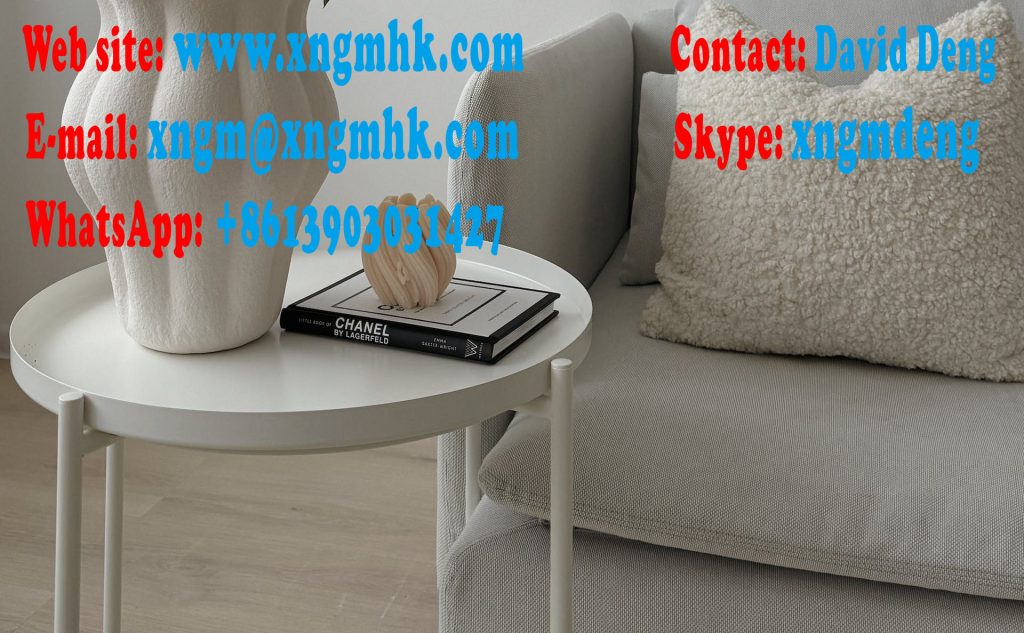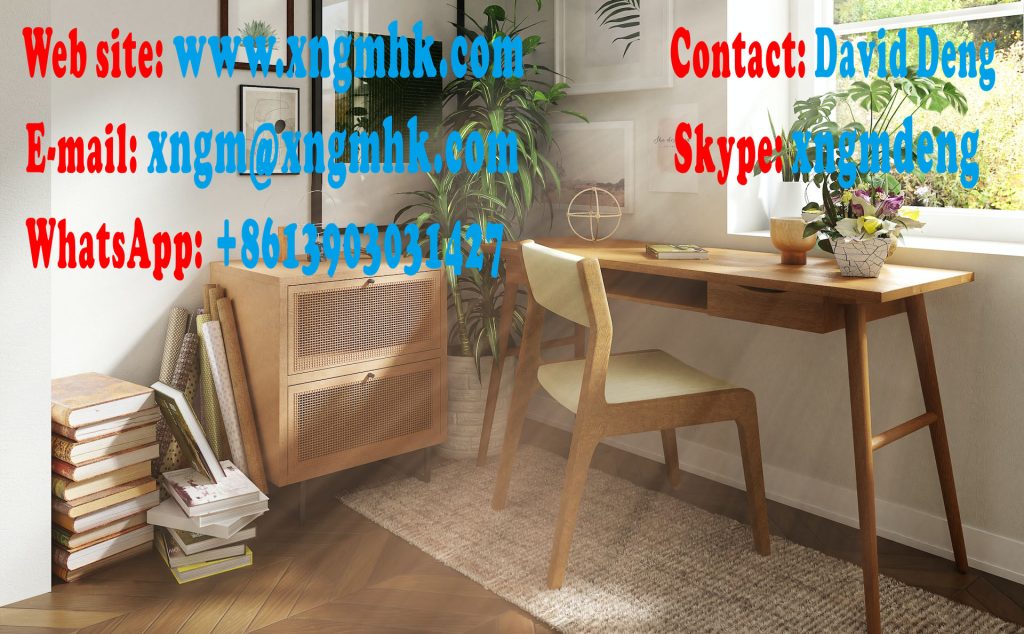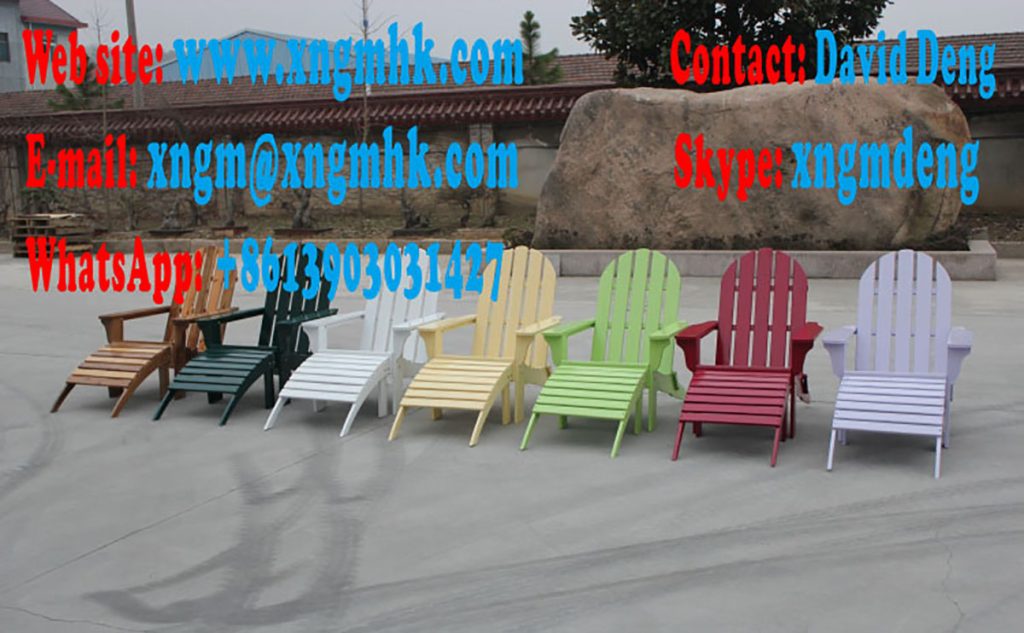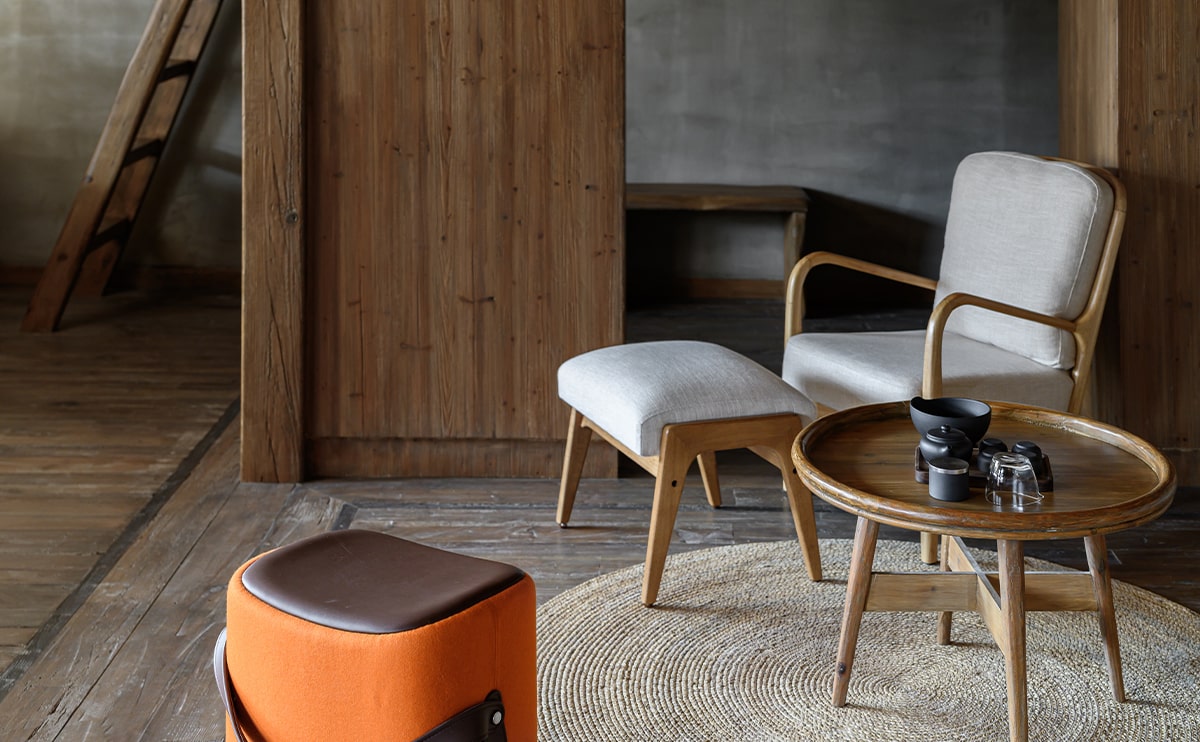The human race has always had a close relationship with trees. They have been vital for our very survival, allowing us to make tools and shelter, as well as fuel for fires and even providing us with food in some cases. And that’s before we even mention their role in providing clean air for us to breathe. Without trees, we would not be here.
These days most of us are more aware of the importance of trees. Their role in our continued well being is accepted and appreciated, though we still rely on them for the wood that they supply. Wood is an ideal material, with many uses and applications in our lives especially wooden furniture. Through sustainable management, we can continue to use wood without risking the environment further. We can help by learning more about different wood types and their qualities. The following guide gives some details about a selection of wood types, their characteristics, and uses.

Hard Wood Types vs Soft Wood Types
This sounds simple enough; hardwood is hard, softwood is soft, right? Well, no, actually! The terms ‘hard’ and soft’ are more of a botanical description rather than being an accurate idea of their density and feel of the wood. While it is generally true that most hardwoods are in fact hard, and softwoods tend to be softer, there are several exceptions that we will see further along in the guide.
The basic differences between the two are as follows:
Hardwood –
- Slow-growing
- broad-leaved flowering species
- Deciduous varieties
- Seeds are produced inside a shell (like a fruit or nut)
- Dense grain
- Generally more expensive
- Mostly darker in colour
- Low in sap content
- Close grain
- Heavy in weight and density
- Good resistance to fire
Softwood –
- Fast-growing
- Evergreen – usually from the conifer, fir, and spruce family
- Needles instead of leaves
- Seeds are either uncovered or in a cone
- Less expensive
- Usually lighter in colour
- High in sap content
- Loose grain
- Light in weight and density
- Very poor resistance to fire
These distinctions are general, however, and to find out more we have to take a closer look at each of the wood types in turn.

Oak (hardwood)
Oak has been a favourite for many hundreds of years, with around 200 species to be found. It is relatively abundant and has an attractive, open grain that looks great when used for furniture. Because of its grain, which can resemble the contours found in fingerprints, it is used extensively for veneers (thin slices that are glued to the surface of the furniture to provide a beautiful finish). It is available in two types; red oak and white oak. The white variety is, in fact, more of a greyish-brown shade, while red oak is similar but with a reddish tinge. Although both are relatively expensive, red oak is usually the cheaper of the two. Both are dense, heavy, and hard-wearing, making them ideal for furniture, especially noted for its resistance to stains and scratches.

Walnut (hardwood)
Due to its scarcity these days, walnut can be very expensive. The rich, chocolate-coloured grain makes it perfect for veneers and it is highly-prized in the high-end furniture industry. It is renowned for its strength and for the variety of colours that can appear in its straight grain. Although mostly dark brown, lighter shades can be found and the grain can contain purplish streaks. It is easy to work and is often carved or turned by hand.
One oddity of walnut is that exposure to iron can cause staining.

Pine (softwood)
One of the most abundant species, pine is always cheaper than most others. It is very versatile but not as hard-wearing as hardwoods. Varying in colour from a yellowish-brown to a creamy tone, it is a close-grained variety and the growth rings can be seen clearly. The grain and colour make it ideal for staining. Pine often contains ‘knots’, which can look beautiful in a finished piece but can present problems when working with the wood.
It is widely used in the construction industry (and has been for centuries), for structural integrity as it is strong, lightweight, and flexible.

Ash (hardwood)
This moderately expensive wood is ideal for bending, which makes it good for curved furniture. The colours range from a greyish light brown through to an almost reddish hue. The grain is straight and the wood is known for its strength and is valued for its suitability in the making of tool handles, baseball bats, and furniture (especially in the restaurant industry where it sees a lot of heavy use). Though similar in appearance to oak, the grain is less prone to splitting.

Redwood (softwood)
Similar to pine, but not as durable or sustainable. Pine regenerates quicker and is about 60% stronger. Redwood is ideally suited for outdoor furniture or decking due to its resistance to decay and natural insect-repelling qualities. It is easy to work by hand and though it is readily available the actual cost of the wood can vary from region to region.

Beech (hardwood)
Like ash, beech bends well but is considered the less attractive of the two. Nevertheless, it is still popular today as it is extremely strong and very resistant to shock. Its tight grain and light colour give a warm feeling to a room, and it stains well to mimic more expensive woods, such as mahogany and cherry. One drawback is that it is notoriously difficult to work by hand. Another potential problem is that it absorbs moisture fairly easily, so it is not ideal for humid conditions. This makes it unsuitable for use in coastal regions, especially for door and window frames, as they will begin to stick. In its favour, however, beech is an odourless wood, so a finished piece will not overpower a room with its scent.
Search our Beech Wood Furniture

Mahogany (hardwood)
More so than most of the wood types here, the use of this one has become a subject of controversy in recent times. While there are a number of sub-species within the mahogany family, the name usually refers to the Honduran Mahogany. Illegal logging of this tree has led to it being listed on CITES (Convention on International Trade in Endangered Species). It is still much sought after due to its excellent qualities and is very expensive, which has increased its use as a veneer wood. The rich, reddish-brown darkens over time to give an alluring sheen in the distinctive grain. It is frequently used in the manufacture of musical instruments because of the warm tone it provides.

Maple (hardwood)
The dense heaviness of this wood, along with its moisture-resistant qualities, makes this a wood ideal for items such as butcher’s blocks and furniture that endures a high level of use. The grain varies between being straight or bearing swirling ‘bird’s-eye’ patterns. The light-brown or reddish colour accepts wood stain easily to resemble a more expensive wood. It is often used to make dining tables and dressers due to its hard-wearing qualities.
As with most others in this list of wood types, there are a number of varieties, but the most commonly used is hard maple, also known as sugar maple or rock maple.

Mango (hardwood)
At the opposite end of the scale to mahogany, mango presents a sustainable hardwood that is extremely durable, versatile, and affordable. Mango heartwood is usually golden-brown in appearance but darkens over time. It possesses excellent water-resistant qualities, especially when polished or waxed. The grain is densely packed, and though it is strong and durable (as strong as cherry or ash) it can be easily worked by hand. Of all the wood types listed here, mango offers a way forward for a more sustainable source of timber, allowing stocks of rarer species time to recover. A mango tree can reach 100ft in 15 years, making it too hazardous to harvest the fruit. In the past, the trees would be felled and burned. Now, the timber is sold to be made into furniture, ornaments, musical instruments and so on. This means that the farmers increase their income as well as reducing air pollution.
Mango is prone to attack by fungus and insects while growing, which adds to the appearance of the finished product. But once it is treated the wood is safe from either of these problems.
Search our Mango Wood Furniture

Yew (softwood)
A classic example of how the classification ‘softwood’ can be misleading, yew is actually harder and more durable than many hardwoods! Due to the way it twists and turns as it grows, the uses of yew can be limited. This has led to it often being used for smaller projects, such as jewellery boxes, or being cut to make veneers for high-end furniture. It does bend well, though, and is still used today in the manufacture of Windsor Chairs.
Yew is notorious for its poisonous properties, which have proved useful in recent times to make potent drugs that are effective in the treatment of certain types of cancers.

Acacia (hardwood)
Also known around the world as mimosa, wattle, whistling thorn, and a host of other names! It is extremely hard and durable, with the reputation of having helped the English Royal Navy to establish their place as a world power in the 1800s. The water-resistant qualities of acacia made it suitable for shipbuilding, so the Royal Navy invested in this type of wood to manufacture its legendary ‘ships-of-the-line’ which ensured naval superiority at the time.
These same qualities make it ideal for use today in conditions where it may come into contact with liquids. Untreated, it is said to last between 20 to 40 years. It is one of the few wood types that looks great whether polished, left natural, or varnished. Acacia does not scratch easily and adds warmth to any home with its rich, deep brown colours. The high resin content that makes it water-resistant also helps it to fight against rot, odours, and stains. It also has antibacterial properties and is easy to clean.
Search our Acacia Wood Furniture

Mindi (hardwood)
Sometimes called chinaberry or white cedar, mindi wood is similar in density to red oak. It has natural anti-fungal properties and is resistant to decay.
Although similar in texture to oak, the grain is packed closer. It is loved by woodworkers as it is easy to work with, mostly for smaller projects although it is sometimes used to make furniture such as chests and cabinets. The sapwood of the mindi tree has a yellowish hue similar to poplar, whereas the heartwood is darker. As the wood is exposed to natural light it darkens, resembling teak or cherry.
Search our Mindi Wood Furniture

Teak (hardwood)
Teak is regarded by many people as the ‘king of wood’ due to its versatility and durability. The naturally high oil content makes it extremely water-resistant and immune to decay and fungus. It can even withstand high levels of heat and does not easily catch on fire. The finished timber looks stunning, with golden brown heartwood and yellow/grey sapwood. These properties make it suitable for a wide range of applications, including; ship decking, indoor and outdoor furniture, veneers, turning, carving, high-end joinery.
Search our Teak Wood Furniture

Balsa (hardwood)
To end this list of wood types, balsa is another example of how the ‘hardwood/softwood’ description is not as simple as it looks. Balsa is classified as a hardwood, and yet anyone who has worked with it knows just how soft and flimsy it actually is. The wood has an extremely low density and is usually a white or off-white ‘oatmeal’ colour. It is unusually buoyant, which accounts for its name (Spanish for ‘raft’) and is often used in the manufacture of surfboards, aircraft, floats for fishing nets and so on. Although easy to work with, the tools must be very sharp to avoid crumbling or splitting.
There are so many other wood types, but these represent just a few of the wonderful species available. Each has its uses, some with better properties than others. By learning more about them we can perhaps manage our consumption better, to ensure they stay around to be enjoyed for many thousands of years to come.
Wood Types Value Chart

Manufactured Economy Woods
These value types of wood are often used for the backing, sides, and interior parts of some types of furniture where design and luxury is not a requirement. Some furniture is made wholly from these types of manufactured (man made) woods at a really low price which often serves well for first time buyers or children’s bedrooms.

Fibreboard
Fibreboard can be considered amongst the ‘eco-friendly’ man made wood types, as it incorporates recycled materials such as sawdust, wood chips, paper, cardboard, and plant fibres. This is bonded together using wax and synthetic resin, then heated and placed under high pressure to make large sheets. It is a cheap alternative to wood, useful for numerous construction projects and furniture. In its favour, it is lightweight, capable of bearing heavy loads, and has good insulation qualities. However, it is never as durable or strong as real wood. Also, it contains the chemical urea-formaldehyde, which is released as the board is cut. For this reason, a dust mask and goggles are essential, and cutting must take place in a well-ventilated area. Formaldehyde is carcinogenic as well as possibly causing lung disease.

MDF
The term MDF is often mistakenly used to describe all types of fibreboard. In fact, it relates only to Medium-Density Fibreboard. To qualify as MDF it must have a density of 600 to 800 kg/m3. Aside from this, MDF is an engineered wood composite that echoes most of the details in the description of fibreboard, including the pros and cons. One exception to this is that, because of the small fibres, it cuts well without ‘tear-out’ or splitting. However, as the board effectively has no grain it does not hold screws or nails very well.
Due to concerns over the toxic nature of the resins involved and the possibility of VOCs being released, research has recently been undertaken to provide new ways of bonding the fibres.

Particle Board (or Chipboard)
Again, this is similar to fibreboard and MDF in that it is one of the man made wood types that uses the same manufacturing process. However, in the case of particle board larger flakes and chips are used, which creates voids within the structure. These can be problematic when cutting the boards to size, causing tear-out or jagged edges. Particle board is viewed as a cheap alternative to traditional wood, allowing for more reasonably-priced, lightweight furniture. However, this furniture will not last as long as its counterparts manufactured from real wood or MDF, as it is prone to warping due to moisture and is much weaker. As with MDF/Fibreboard, formaldehyde is used in the manufacturing process of some particle boards.

Plywood
The name comes from the ‘plies’ that are peeled from a log in sheets. These sheets, or veneers, are laid on top of each other at 90-degree angles and glued in place to form a thin but rigid, single board. The surface of the sheet usually has a smoother finish and is of a higher quality than those used within the structure. The rougher surface inside helps the glue to bond and the smooth finish outside creates a better look. The cross-grained structure of plywood makes it very strong and resistant to bending.
There are several different types of plywood, each with its own applications:
- Tropical – used widely in the construction industry. Its low cost has led to over-harvesting in some areas.
- Marine – designed for wet and humid conditions using tropical hardwoods and special glue.
- Aircraft – also called ‘high-strength’ plywood, this uses materials resistant to heat and humidity.
- Flexible – ideal for making curves on furniture.
- Hardwood – usually made from beech, mahogany, or oak, this material is excellent for heavy-duty flooring.
- Softwood – generally sourced from cedar, fir, and redwood, this is used in general construction for roofing and flooring.

Veneer
The word ‘veneer’ can be applied to any thin slice or layer of wood. It is used to provide an attractive, finished surface, especially in cases where a cheaper material (such as the man made wood types above) has been used for the main structure.
Veneers have always been prized by high-quality furniture makers, allowing them to achieve a beautiful finish. It can be cut as thin as 0.6 mm, meaning that more material is obtained from a single log.
In these days of heightened environmental awareness, using a veneer is regarded as a good way of increasing sustainability. Furniture can be made using some of the examples above, then made to look stunning by adding a veneer that shows off the polished wood grain.














